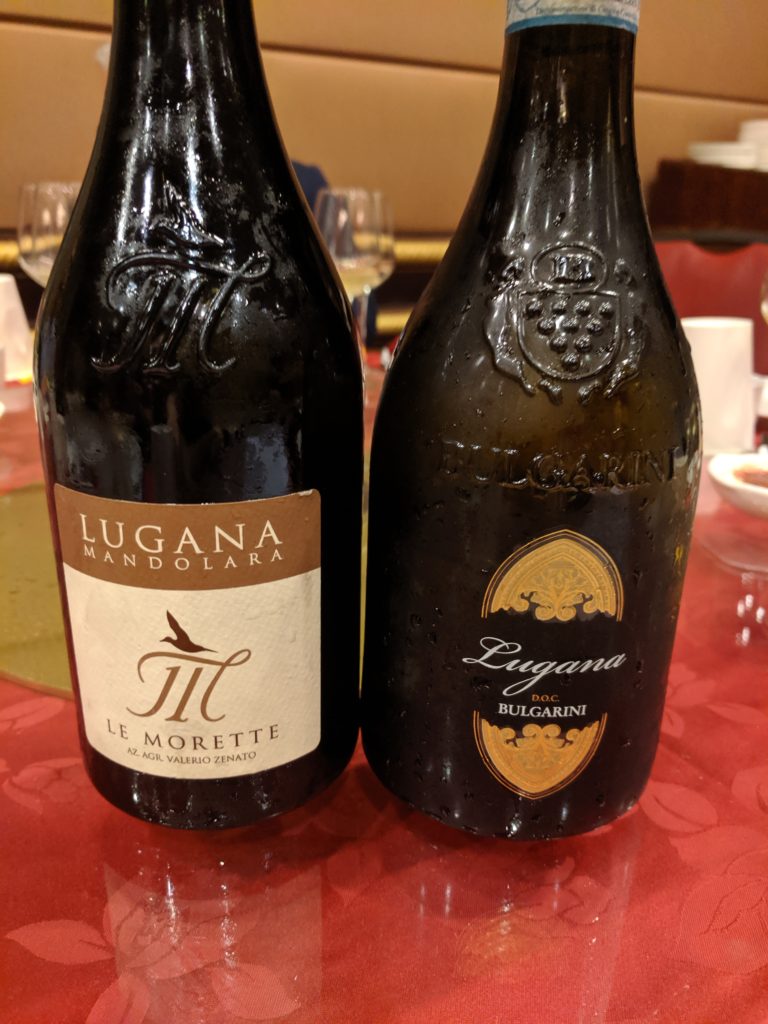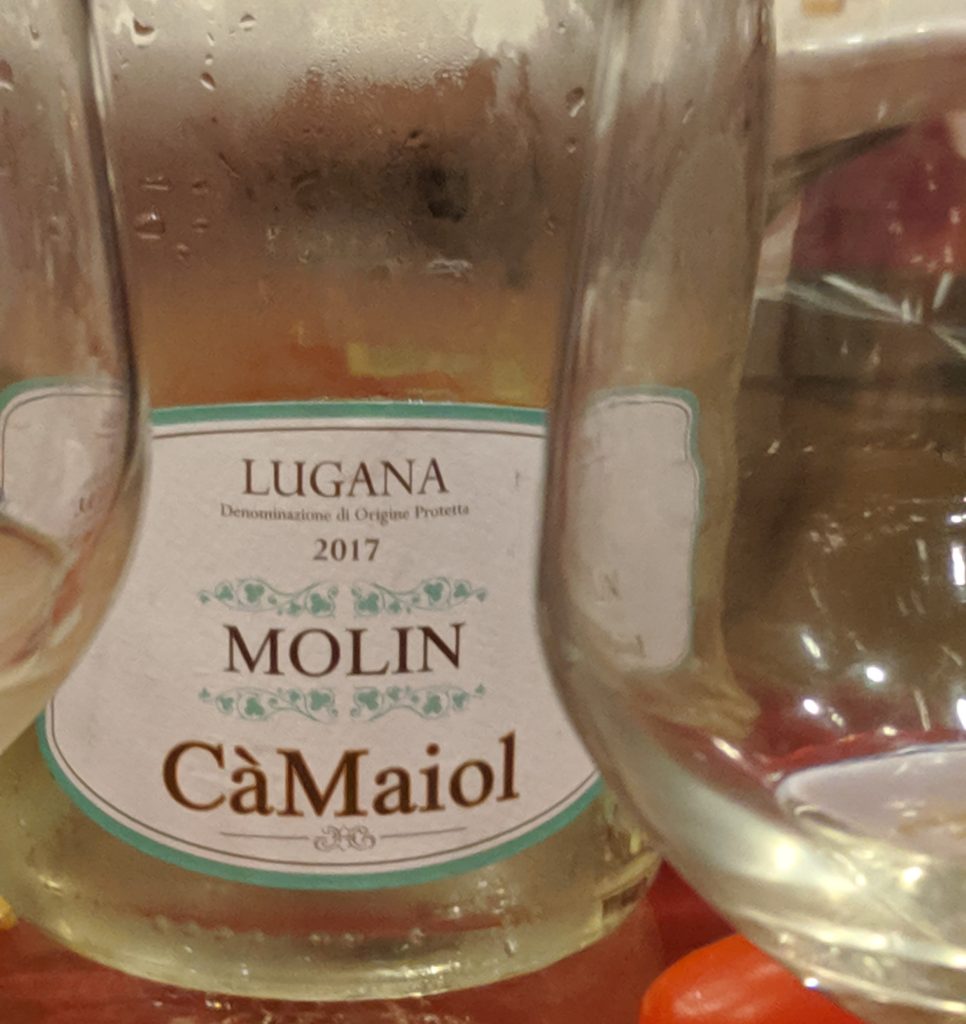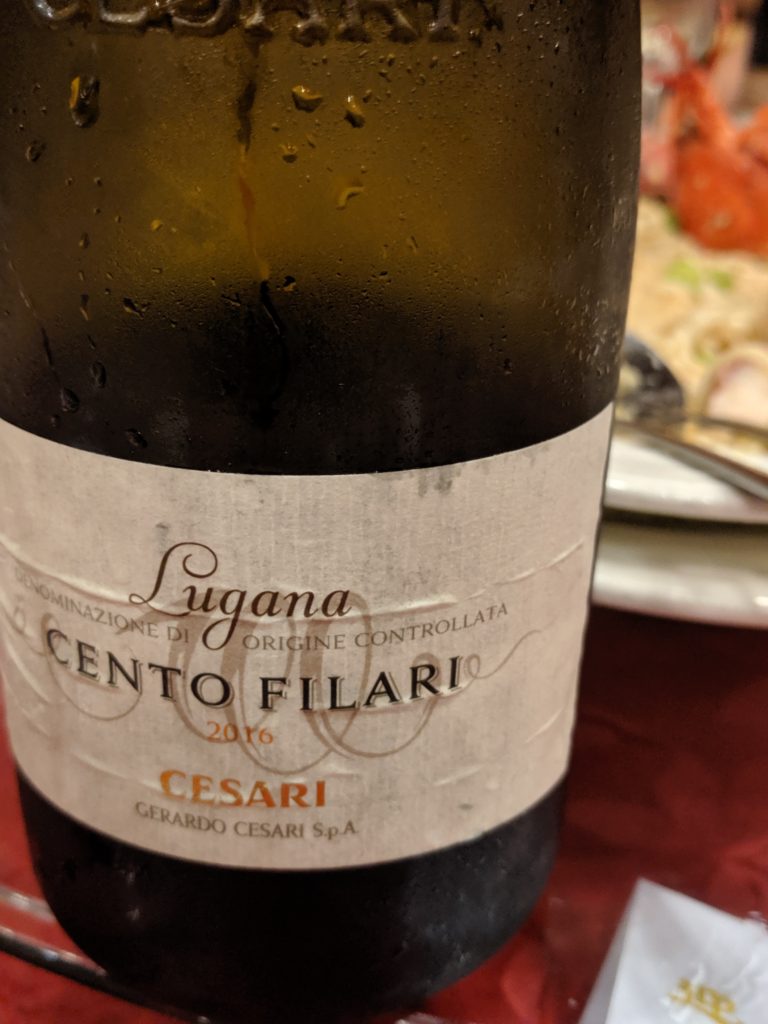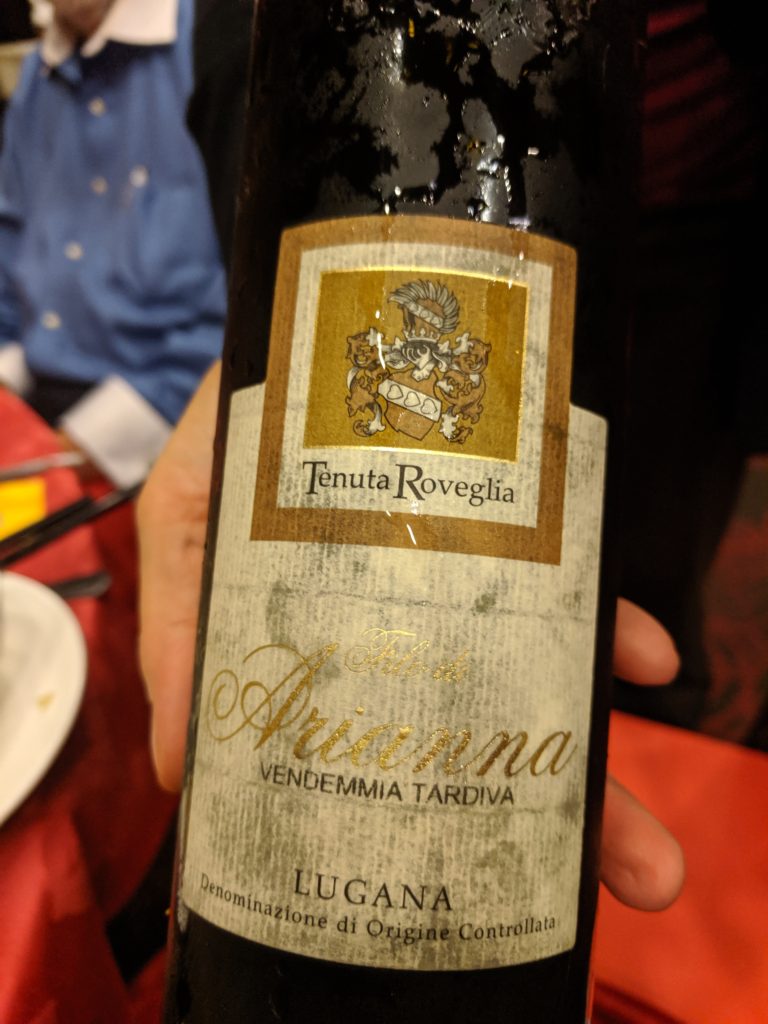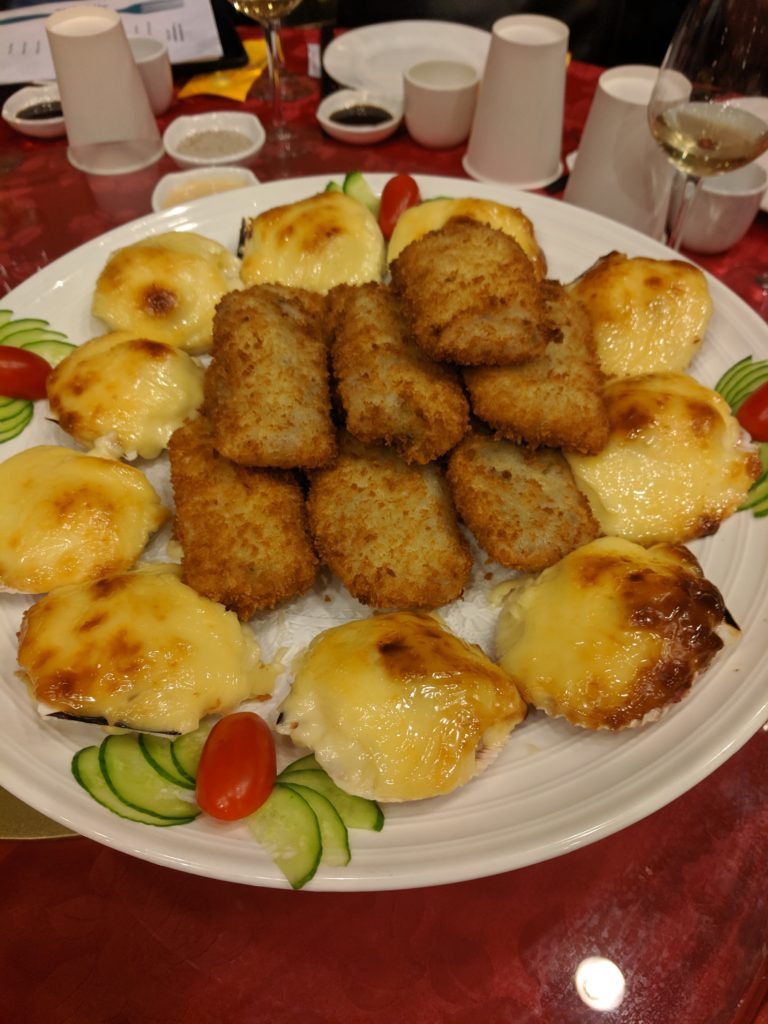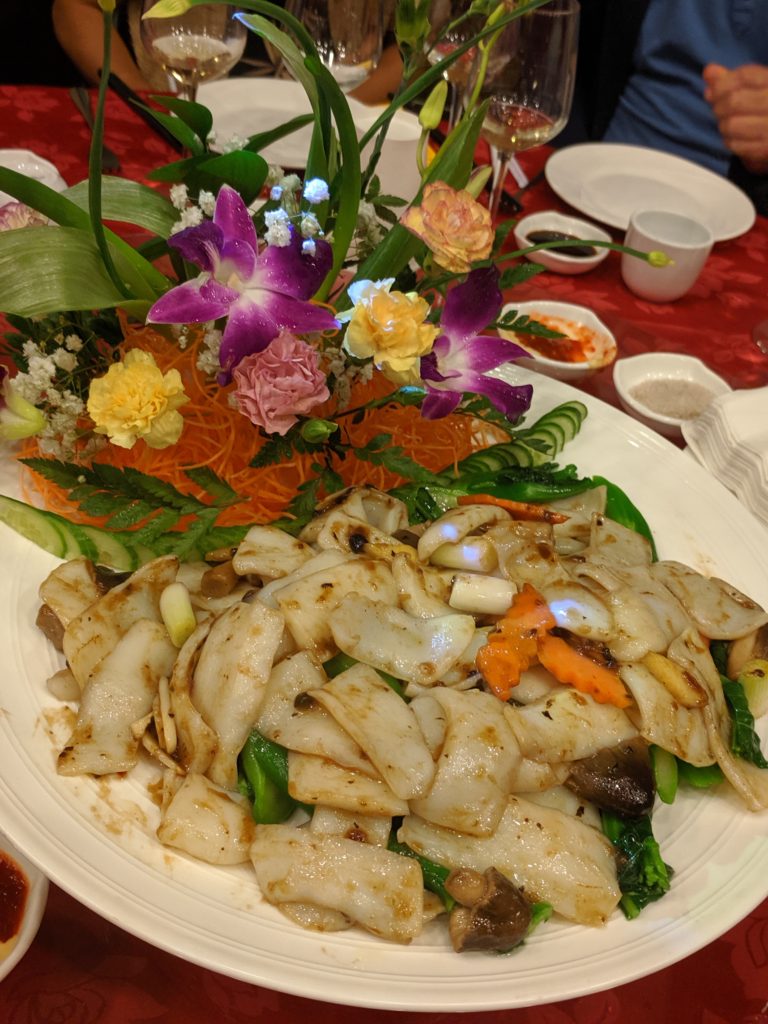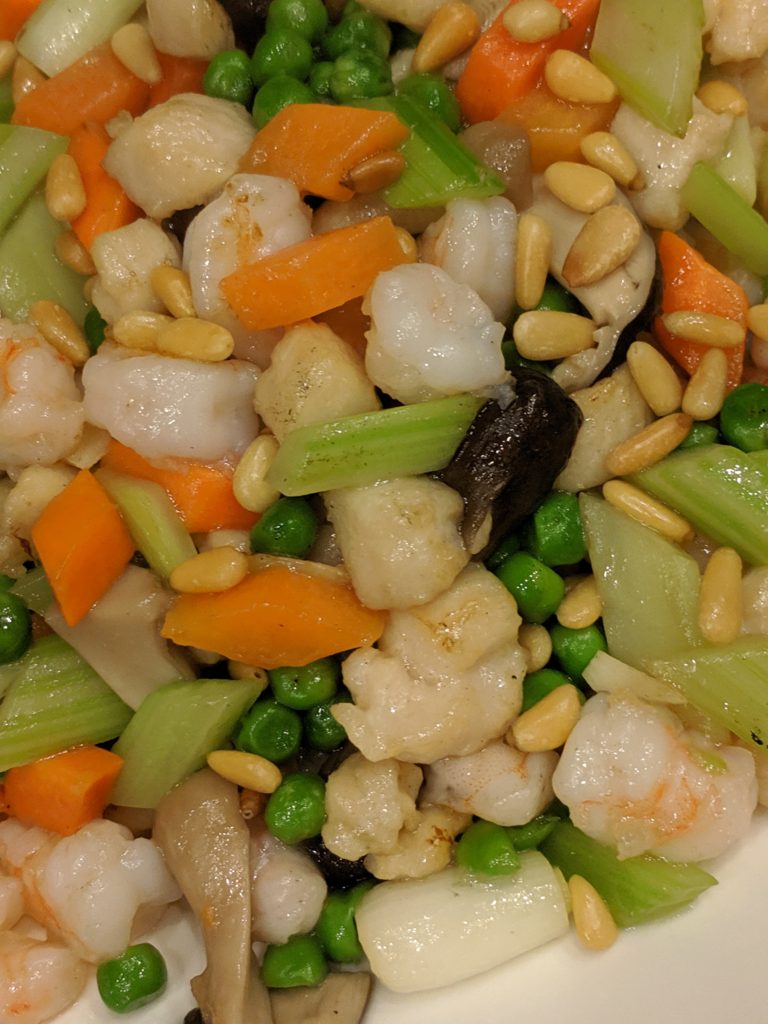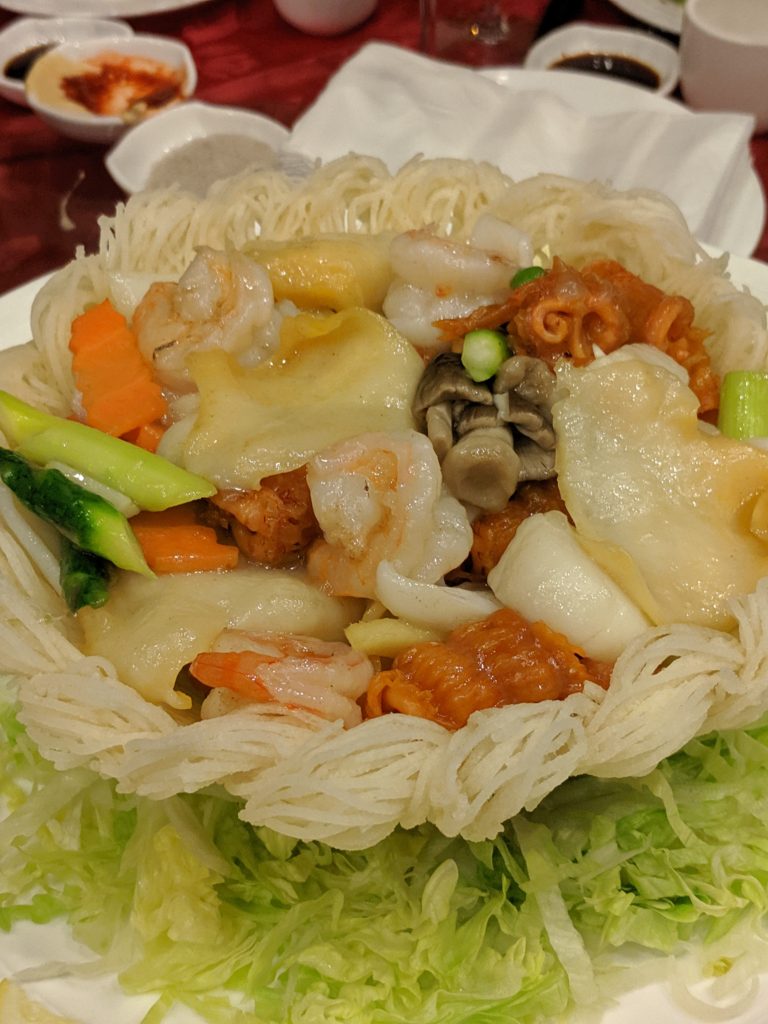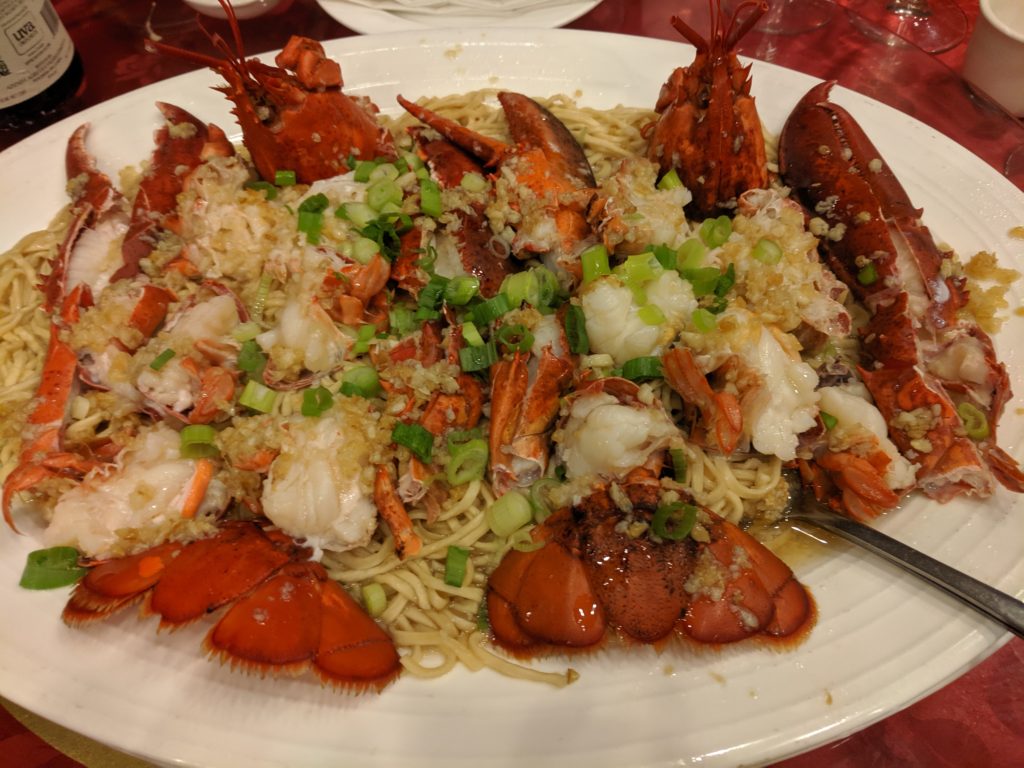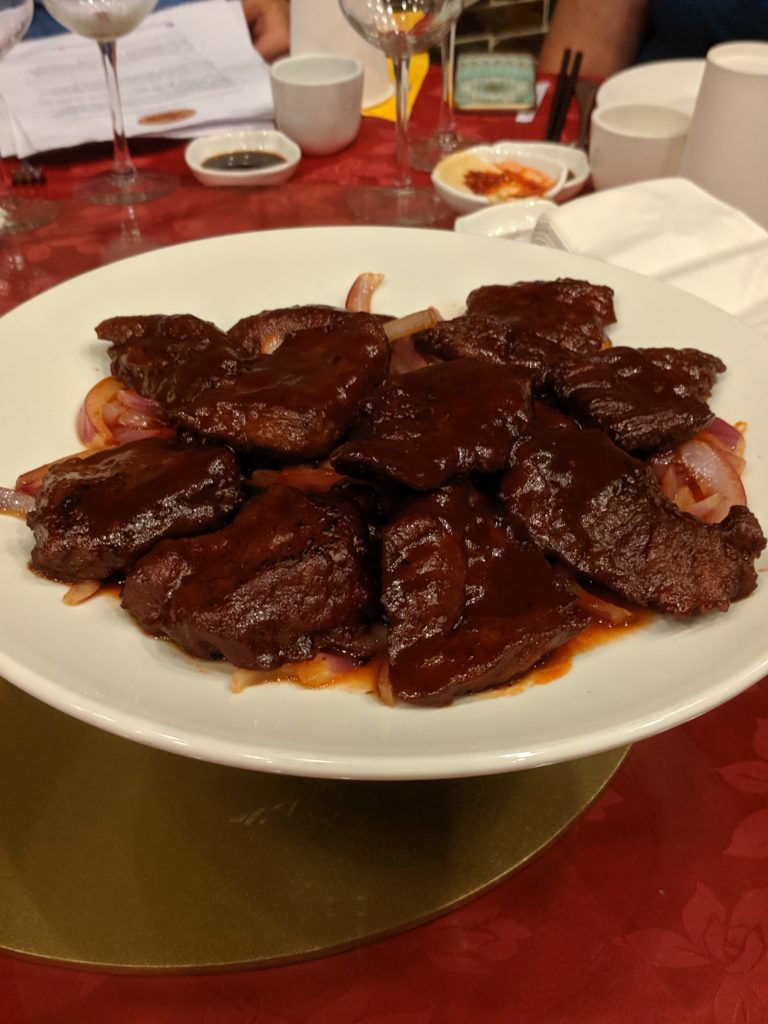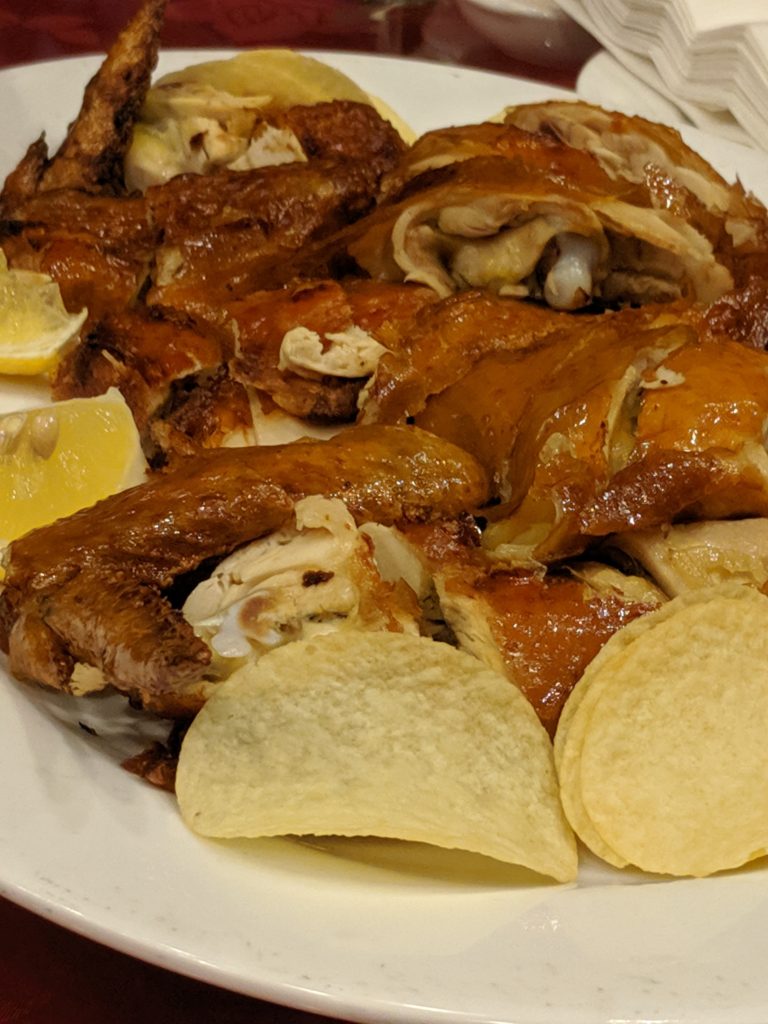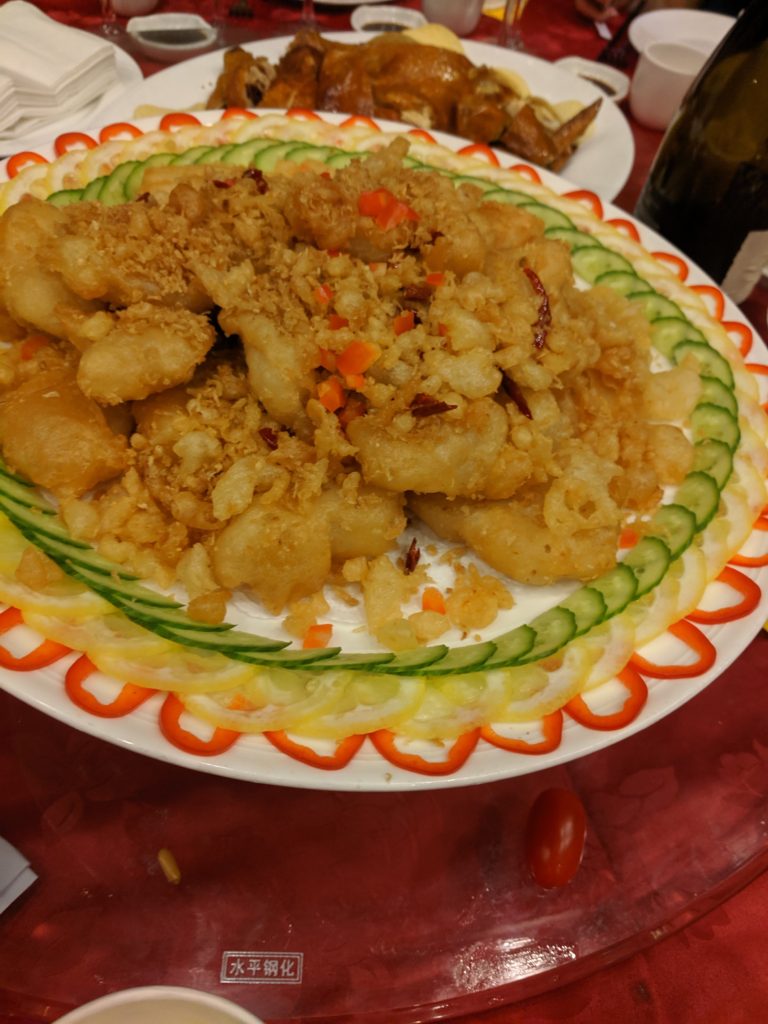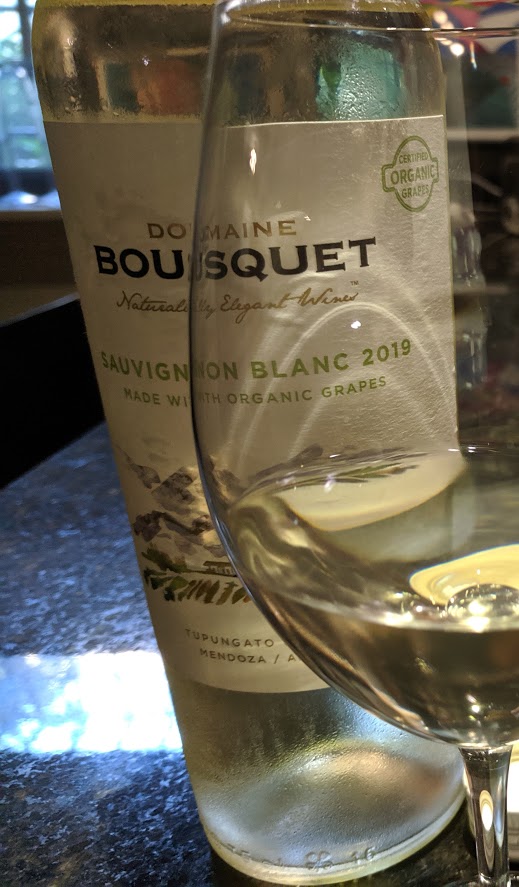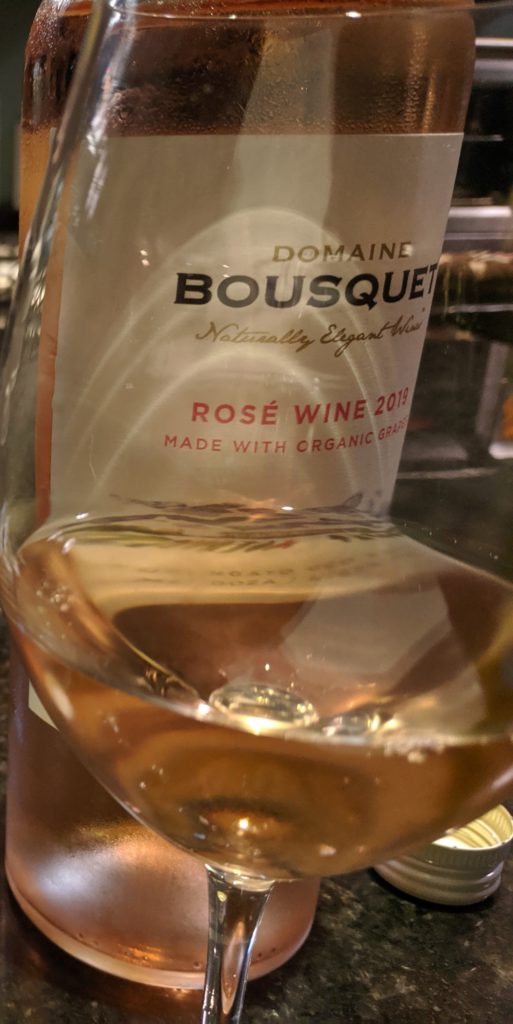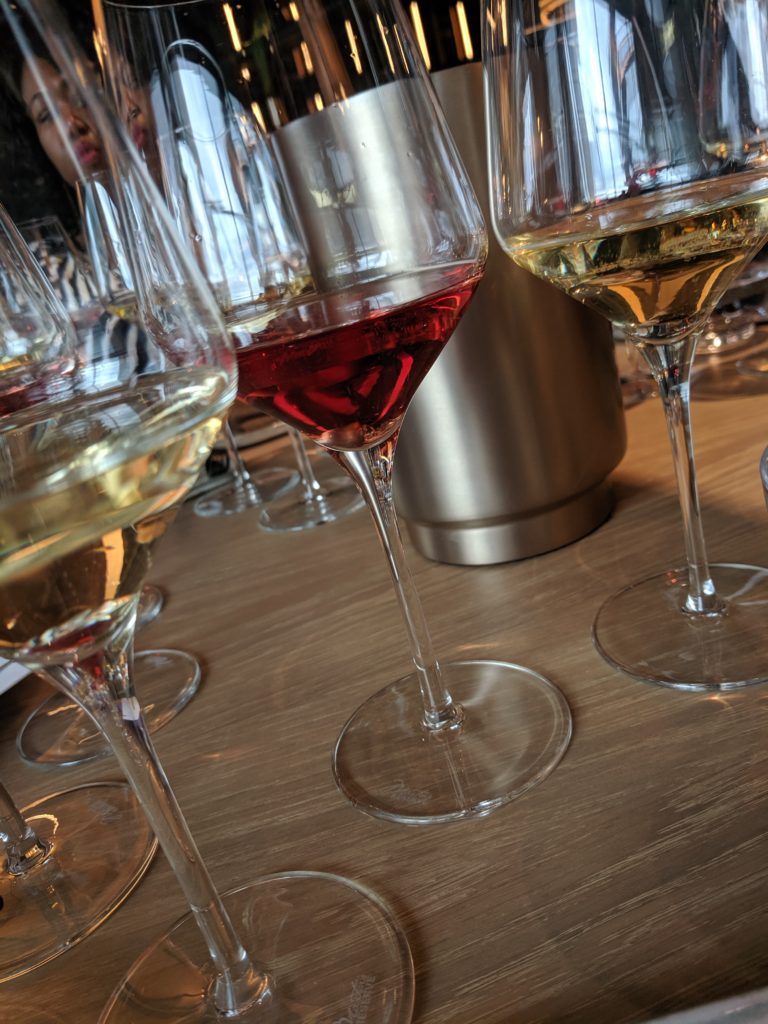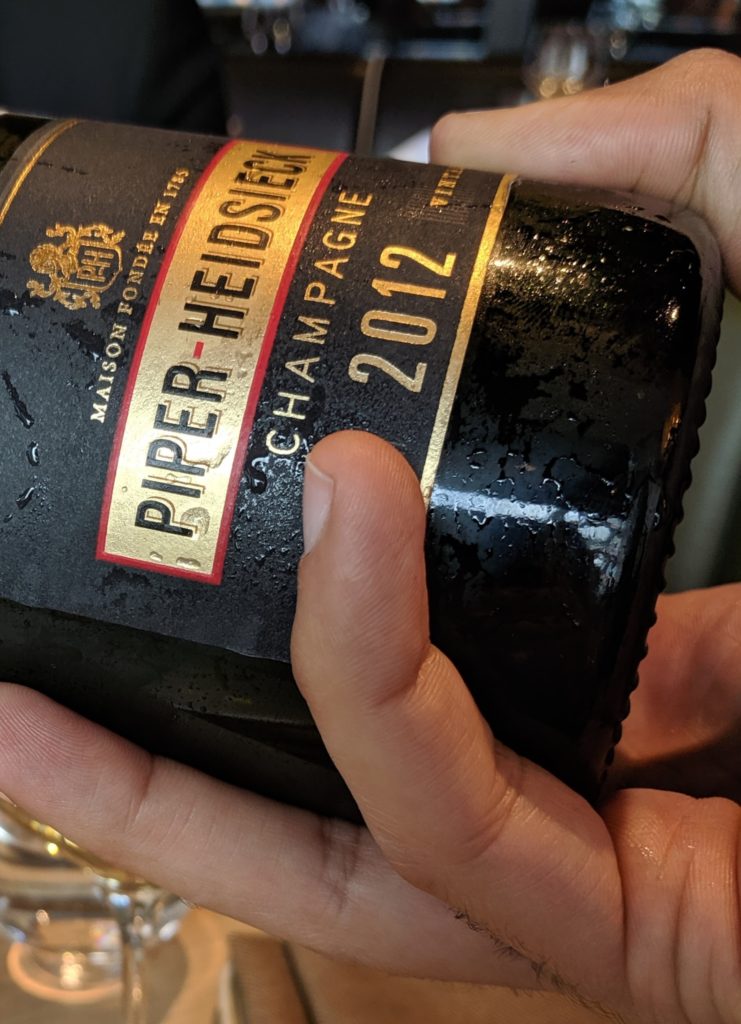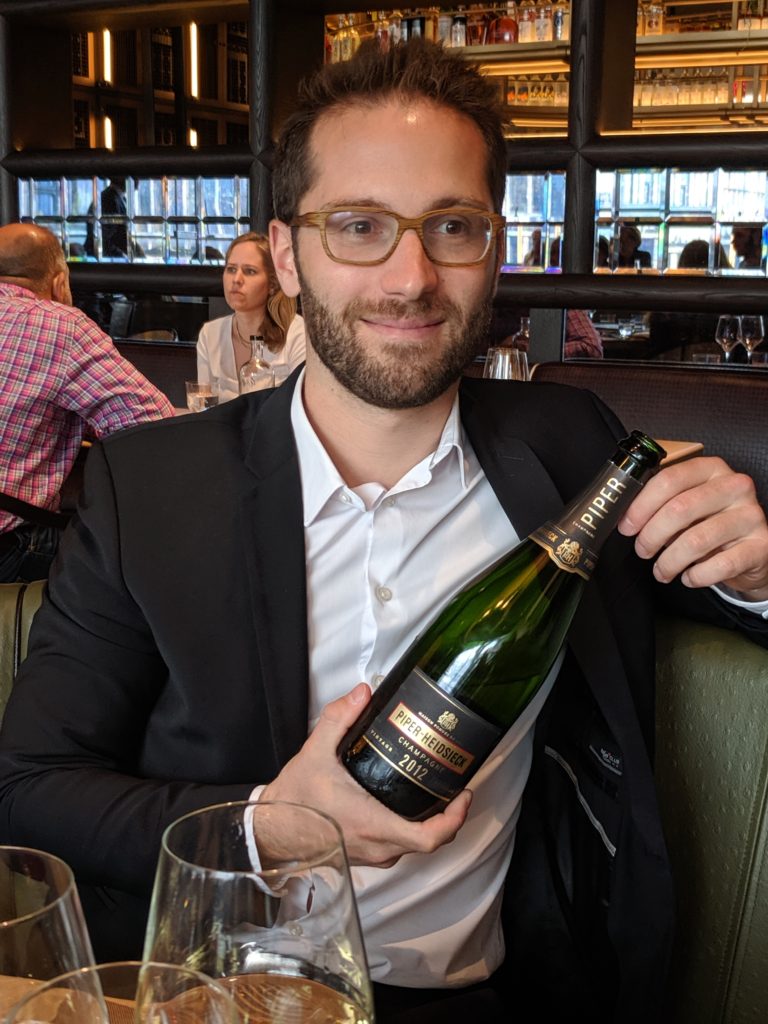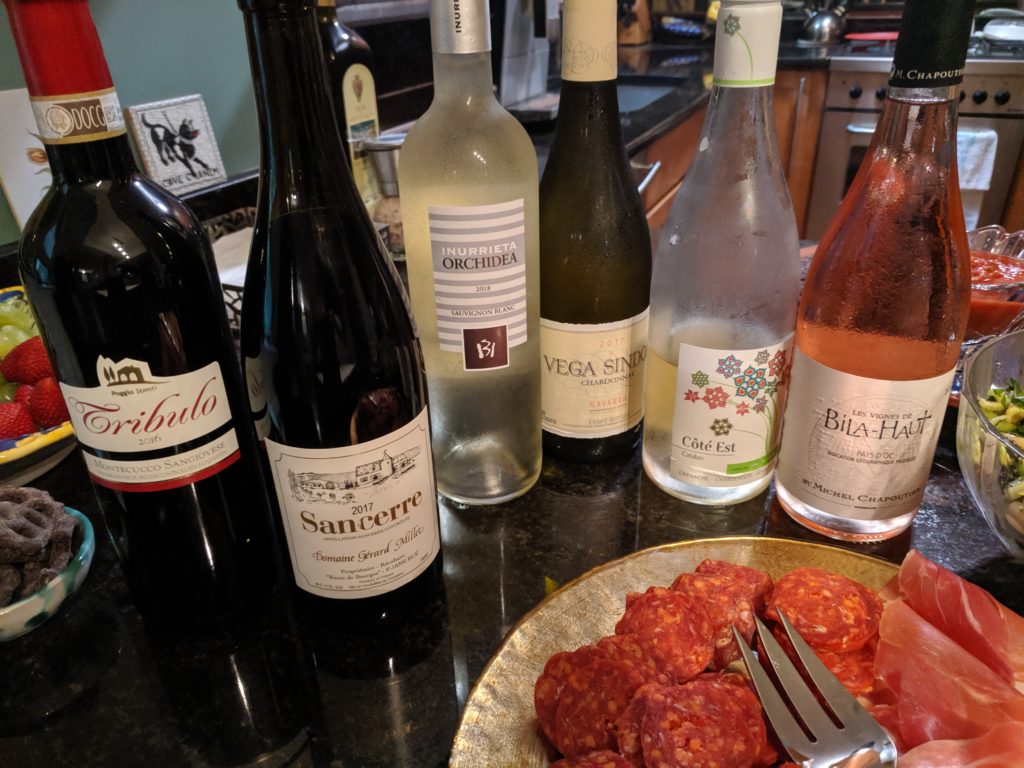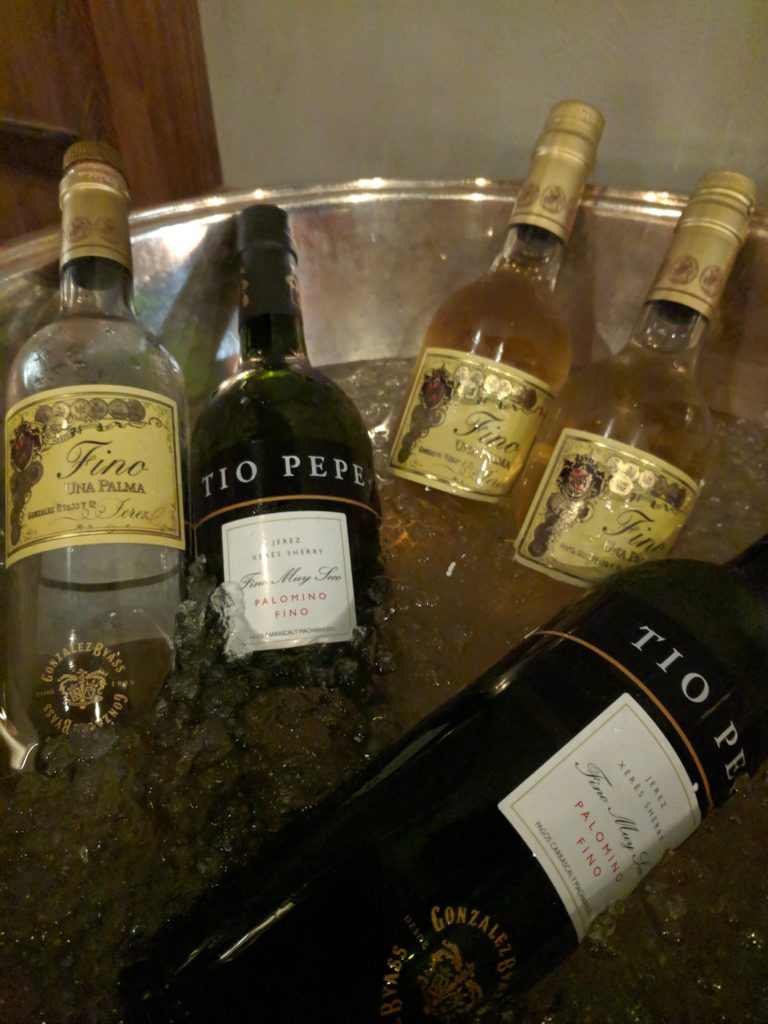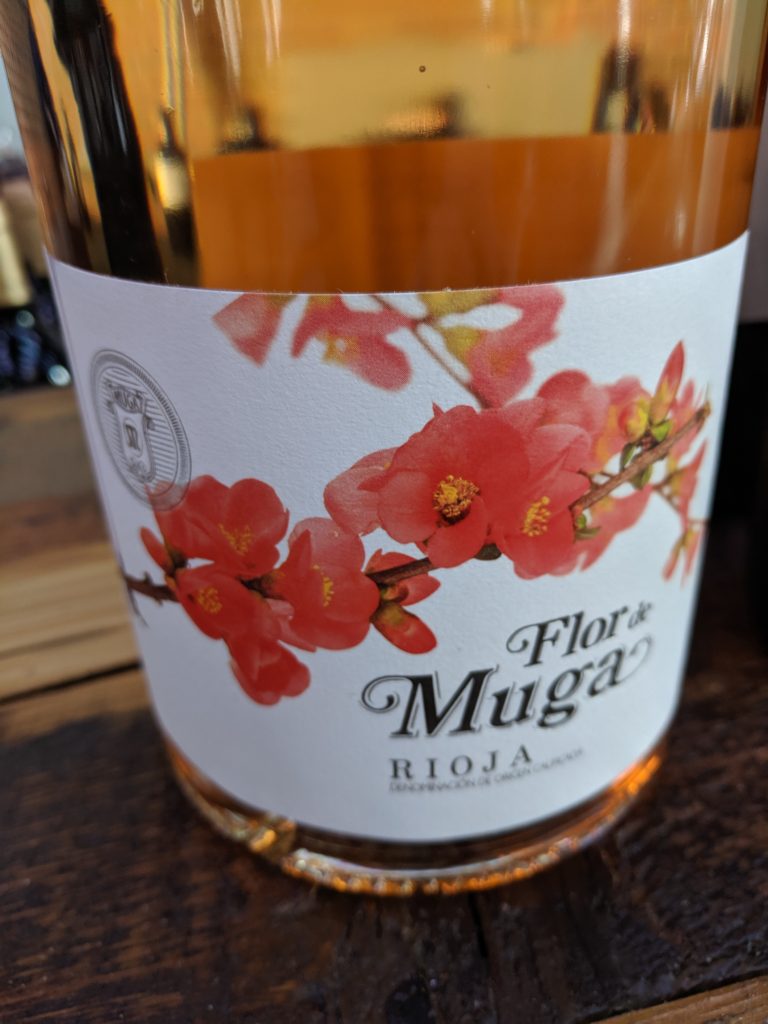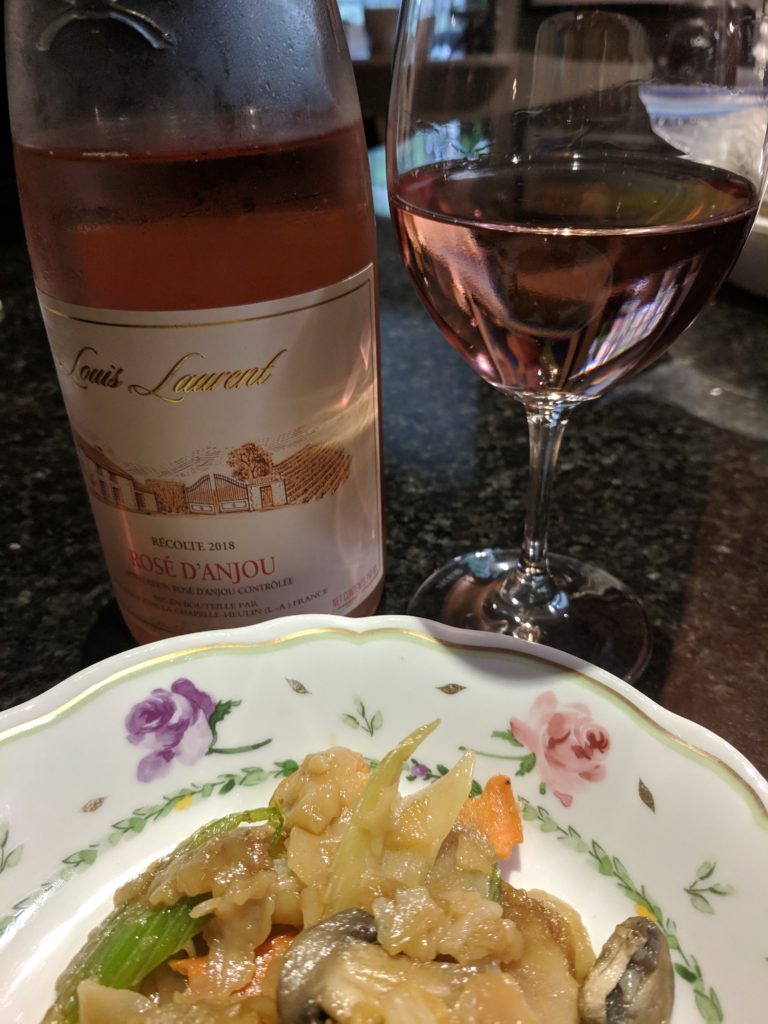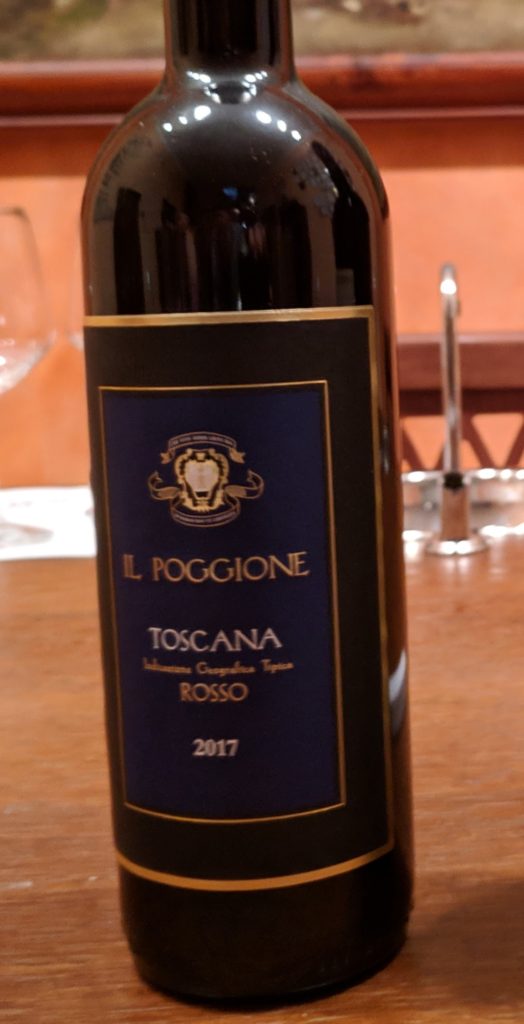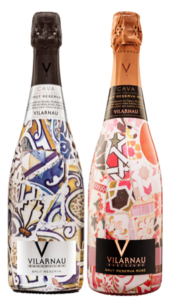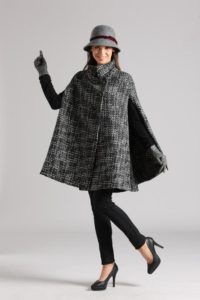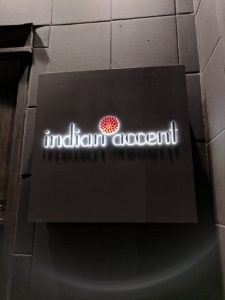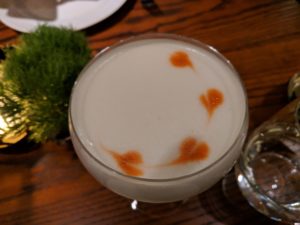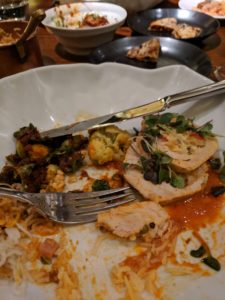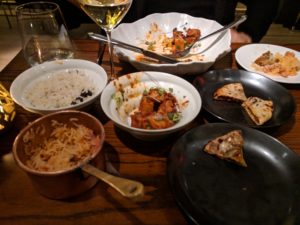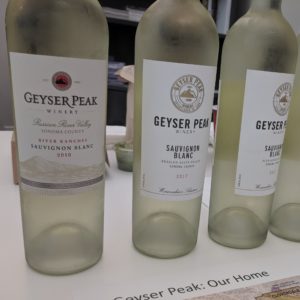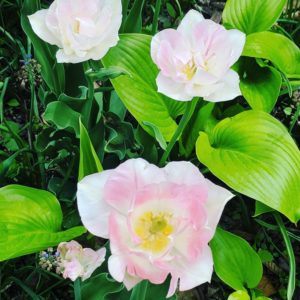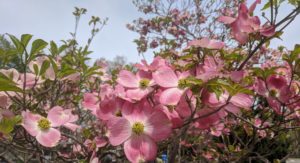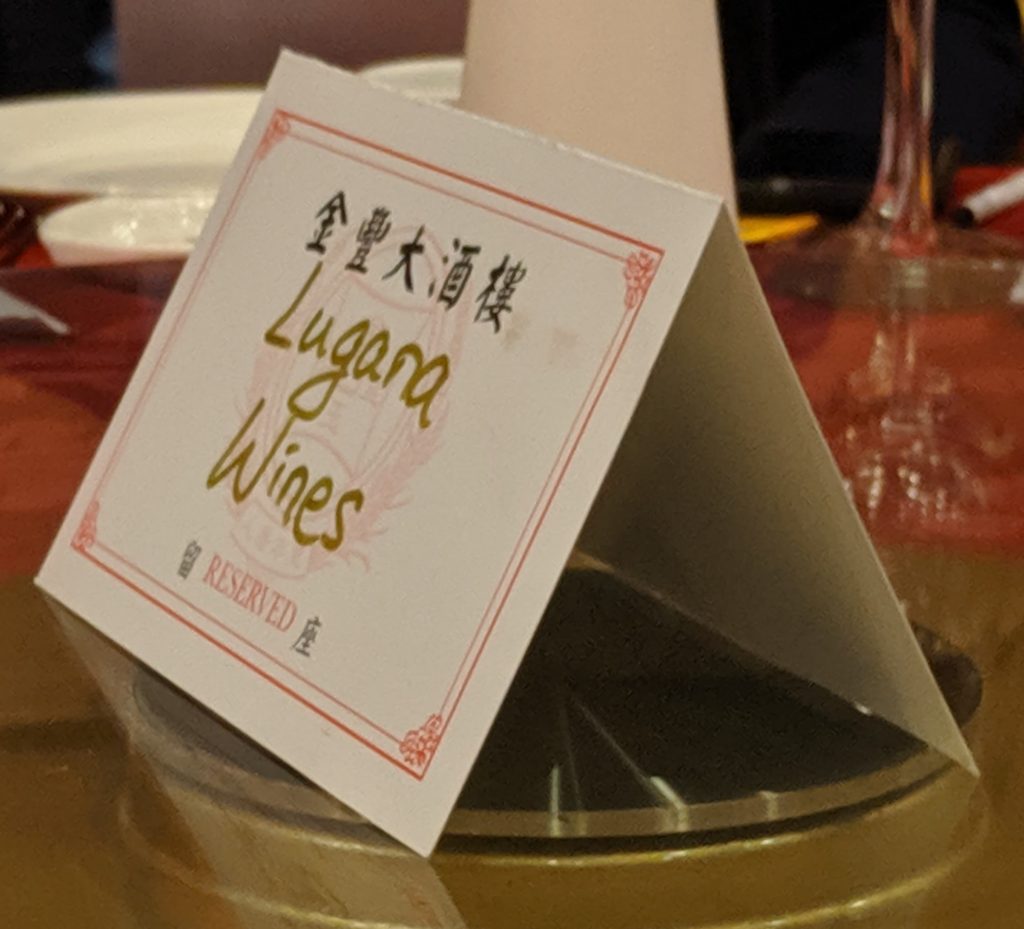
While the adage, “What grows together, goes together,” is a great place to start for food and wine pairing inspiration, if you don’t explore beyond it, you will miss out. As part of her Inaugural Lugana Dinner Series, East Coast Lugana Ambassador, Susannah Gold, proved the point in spades with a recent Chinese banquet accompanied by a variety of wines from the Consorzio Lugana DOC. Held at Jing Fong, Susannah and Pinny Tam, author of Chinese Wine and Food Pairings.com, put together an amazing meal that highlighted the flexibility and diversity of these wines.
Kicking off the event with a warm welcome, Susannah noted that the Lugana DOC had two souls in that it uniquely spans two Italian regions: Lombardy and the Veneto, depending upon which side of Lake Garda the winery is situated. This beautiful area sits essentially at sea level, with elevations of only 50-150 meters, on a glacial moraine with a range of sediment in the soils, including fossils.
This small winemaking region is on the rise, having increased production from 9 million bottles in 2015 to 18.9 million bottles currently. Today, there are 200 producers and, in addition to the increased volume, it is experiencing increased interest, notably by the Germans, who frequent the region as tourists, but also from American consumers.
At the center of its wine production is the Turbiana grape, which is also known as Trebbiano di Lugana. A biotype of Verdicchio, which is most associated with the Marche region, it, too, has the propensity to age. Although the wines are generally dry, the super high acidity is balanced with approximately 7 g/l of residual sugar, which permitted them to pair well with the Asian cuisine.
In business for 78 years, Jing Fong is one of the oldest Catnonese restaurants in the U. S. At the helm is Executive Chef, Kai Fung Lai, also known as Chef Fung who has been with Jing Fong for over 20 years.
The sumptuous banquet featured Catonese cuisine, which Pinny explained was known for a simple approach (not overly covered with sauces) and also a lot of seafood and fish, given the southern province’s proximity to the sea and river. Moreover, she further advised that stir-frying is the most common cooking method, resulting in clean, not overly greasy, food. Additionally, she cited frequent use of garlic, ginger, scallion, cornstarch and sugar, rice wine as the base for seasonings.
Referred to as a Happiness Dinner, our banquet was served family-style, with each course presented in the center of the table before being served on our individual plates. It was an elevated family meal, with flourishes added to celebrate birthdays and other festive occasions. And, boy were we happy! The courses kept coming, spanning from fried rice and fried fish to lobster and a platter of cuttlefish adorned with its own floral arrangement.
Moreover, the wines truly held their own. Although there was certainly a thread that ran through them, each of the wines had a distinctive characteristic that permitted it to match the next course. It was a wonderful evening of great wine, great food and great company… and lots of happiness!
Our full menu:
- Baked scallops with crispy seafood rolls
- Sautéed cuttlefish with vegetables
- Sautéed shrimp and chicken
- Assorted seafood in a basket
- Oriental steak filet
- Crispy whole chicken
- Fried filet of fish with minced garlic
- Steamed lobster with garlic over E-Fu Noodles
- House Fried Rice
- Dessert: Coconut Gelatin and Fresh Orange Segments
TASTING NOTES
Cantina Bulgarini Lugana DOC 2017
This Lombardy-based, family-run winery is currently in the hands of Fausto Bulgarini, a member of the third generation to manage the winery and a collector of race cars. This wine was fresh, with floral and peach notes, a dry palate, high acidity, minerality and long length.
Le Morette Mandolara Lugana DOC 2017
Named for a popular bird native to the region, which was considered sacred during the Etruscan period, this winery was founded in 1955 and is in the Veneto. It was fuller bodied that the Cantina Bulgarini, with rich and concentrated flavors of peach and almond, culminating in long length.
The vibrant acidity and fresh fruit notes on these first two wines made them an especially excellent accompaniment to the fried and creamy dishes.
Cà Maiol Molin Lugana DOC Molin 2017
This wine takes its name from one of the estate’s old farms. It offered up lively acidity and was slightly frizzante on the palate, along with tropical fruit, citrus, minerality and long length.
Cesari Cento Filari Lugana DOC 2016
With 5% of Chardonnay added to the Turbiana, coupled with a long macertation, this wine had more structure and richness, displaying an almost a creamy note, with less fruit and more structure. As a result, it paired extremely well with the lobster dish. Ca
Dei Frati Brolettino Lugana DOC 2016
This Lombardy winery was founded in 1939. The wine possessed full body, with apple and toothpick aromas and flavors thanks to its oak aging, along with medium acidity and enough body and structure to match with the chicken and steak.
Tenuta Roveglia Lugana DOC Vendage Tardive Filo di Arianna 2014
Tenuta Roveglia was established by a Swiss businessman In 1930. This wine is harvested in late October/ early November, by hand, and then fermented and aged in small oak barrels, yielding a wine with depth, richness and concentration. Notes of honey and citrus dominated the nose and palate, joined with long length. It works well with dessert, unctuous cheeses or rich meats.

